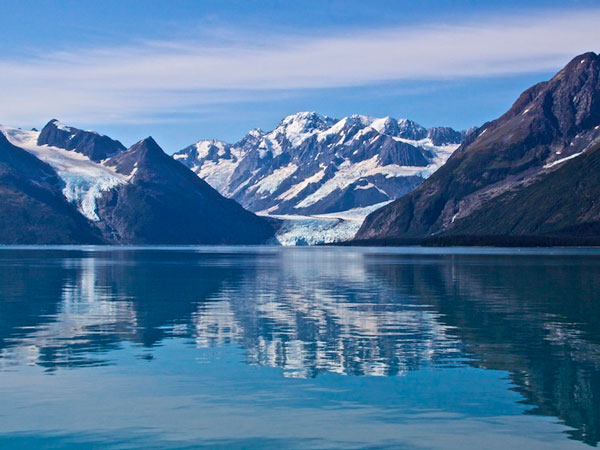The tropical broadleaf forest of
western Belize’s mountainous Cayo District was the heart of the ancient Maya
world. Of the 600 ruins buried in the jungle near the Guatemalan
border—reachable by horseback or jeep— none compare to Caracol. Though not as
well excavated as Tikal in Guatemala (see p. 970), it was one of the great Maya
city-states, occupied from the 1st to the 11th centuries and known for its
140-foot-high “sky palace.” In its heyday, there were thousands of buildings
across a 30-square-mile area that supported a population of more than 150,000.
Set off with a guide to explore Caracol and other nearby treasures, such as underground
river cave systems and natural pools and waterfalls that are perfect for a
swim.
Or spend the day zip-lining,
trekking, kayaking, exploring butterfly gardens, or spotting the birdlife for
which the country is famous. The riverside Lodge at Chaa Creek features
thatch-roofed cottages, an excellent hilltop spa, horses for jungle treks, and
a large, airy restaurant. It is set on a private 365-acre riverside nature
preserve, where guests can enjoy a butterfly farm, visit a Maya medicine
center, and hike miles of trails. Guides point out exotic jungle residents,
such as quarrelsome howler monkeys and some of the 300 species of tropical and
migratory birds. A few miles away at the more rustic Mountain Equestrian Trails
(MET), horseback riding is the specialty.
A guide will lead you along 60
miles of narrow, winding trails into the Mountain Pine Ridge Forest Reserve,
pointing out wildlife and recounting jungle lore. Back at the lodge, repair to
a kerosene-lamp-lit cabana, and in the morning feast on banana pancakes. Set by
a scenic creek and a series of gentle falls, the nearby Blancaneaux Lodge,
owned by filmmaker Francis Ford Coppola, is the most stylish in the district,
with 20 detail-rich accommodations ranging from modest cabanas to a sprawling
villa.
Amenities include a riverside spa
and a restaurant with the jungle chorus in the background. Worth the detour
north of Cayo to Orange Walk, the jungle-enveloped Chan Chich Lodge lets you
feel as if you’ve stepped into the ancient world. Built on a Maya plaza dating
to the Classic Period (a.d. 300–900), Chan Chich’s elegant thatch-roofed
bungalows are surrounded by 130,000 acres of vine-tangled wilderness teeming
with more jaguars, jaguarundi, pumas, ocelots, and margays than you’ll find in
any other part of Belize. Nine miles of trails wend around temples concealed
under grass-covered mounds, and local guides are as well versed in the region’s
flora and fauna as they are in the history of its ancient peoples.












































